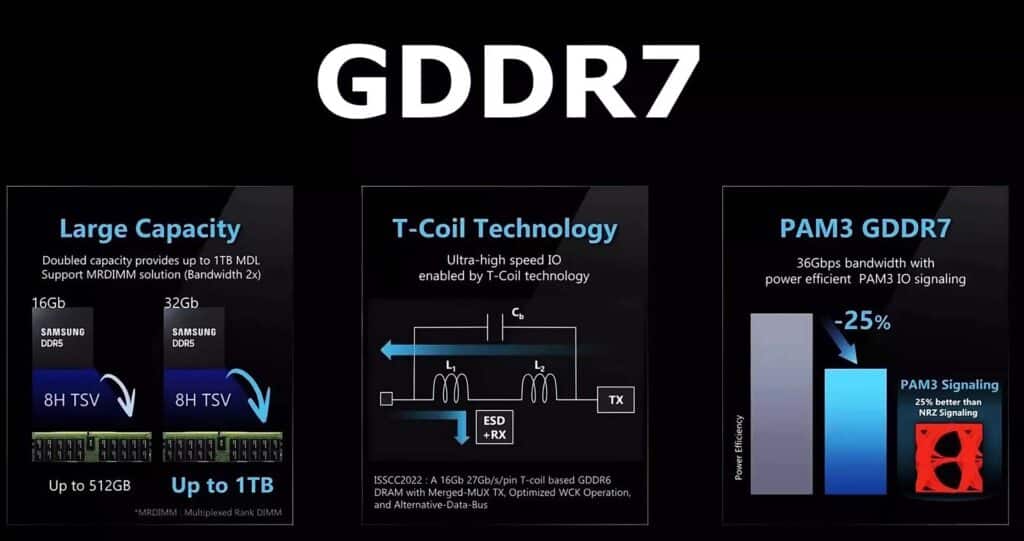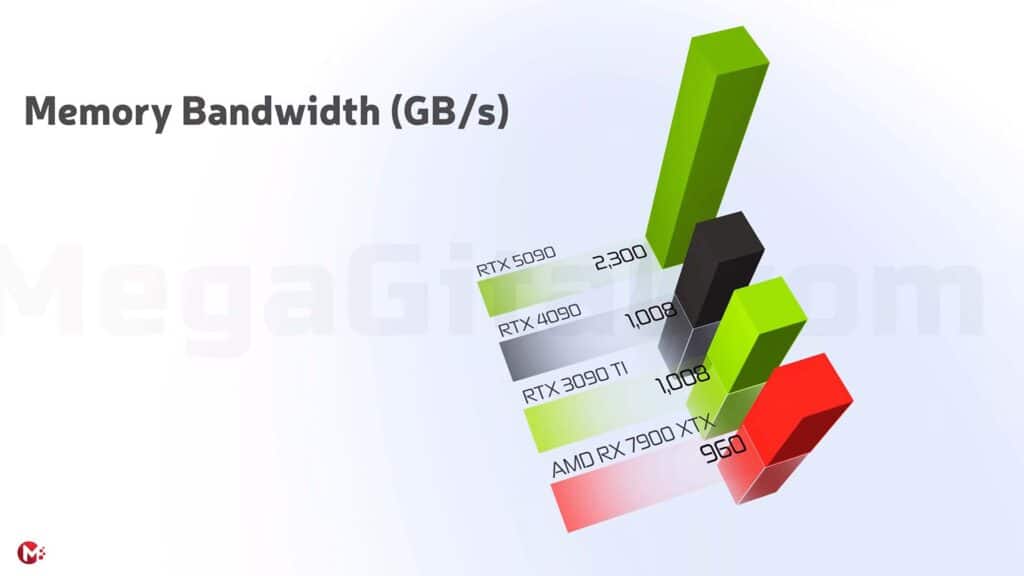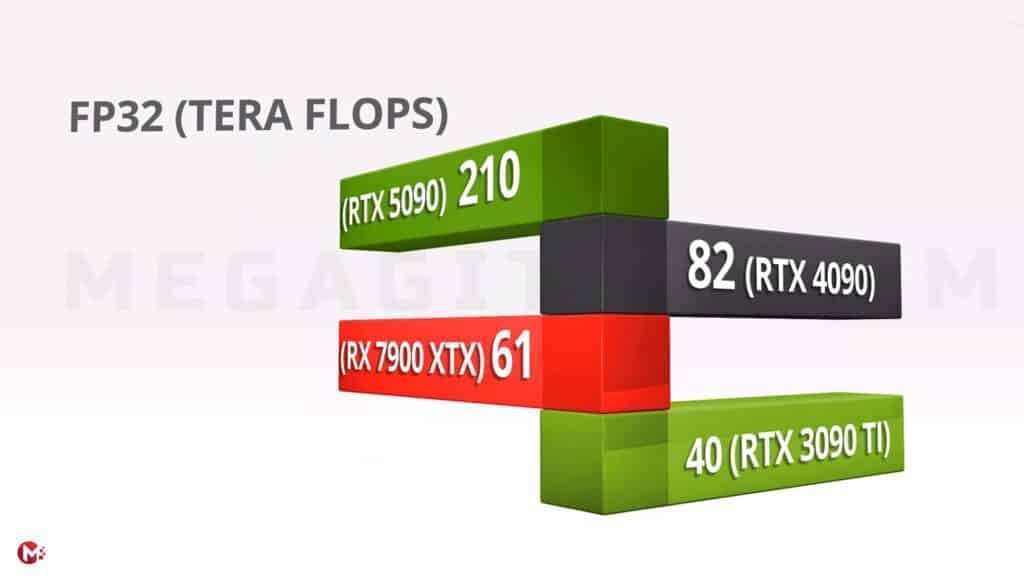The Nvidia RTX 5000 series isn’t officially confirmed yet, but details, speculation, and rumors surrounding these GeForce GPUs are already doing the rounds. To help navigate these murky waters, here’s everything we know so far about team green’s future generation of graphics cards. There have been some leaks that give some indication of what the firm plans to do in the years to come. You can also see the 4k review video on our YouTube channel:
1) Chipset & Technology

Rumors suggest the Nvidia RTX 5000 series specs could be very different from previous generations. According to the leaked information, Nvidia will include transistors produced by TSMC with 3nm technology in its new generation graphics cards. The cards could also use a chiplet design like the RDNA 2 and RDNA 3 GPUs for its high-end SKUs. As a result, the cards may operate very differently from the RTX 40 series devices, changing their fundamental nature.

This is in addition to a new streaming multiprocessor structure, and a new denoising accelerator as part of the RTX 5000 ray tracing pipeline, for better ray tracing and path tracing performance. The 5090 would likely offer an increase in AI-driven features too.

Based on rumors and leaked information, it can be predicted that the possible flagship RTX 5090 card will benefit from around 33,000 Shading Units compared to the 16,384 Shading Units of the RTX 4090 cards. Also, this series of cards will probably have about 964 Tensor Cores, 412 RT Cores, 1024 TMUs and 256 ROPs, which can provide them with 2 to 3 times more processing power than 4090 cards.

It is among the rumors that the Blackwell GeForce RTX 50 series use 5th Generation PCI express interface and offers a base clock speed higher than 3.2 GHz in comparison with 2.2 GHz speed for RTX 4090.

Likewise, it is expected that the next generation cards will be able to reach a Boost Clock of 3.7 GHz compared to the 2.5 GHz Boost Clock of today’s cards.
2) Memory

Nvidia GeForce RTX 50 series may use GDDR7 Memory. It will probably push the 50 series GPUs closer to 100% performance gains at the high end of the spectrum.

The GDDR7 standard will offer speeds up to 36 Gbps, doubling the speeds offered by GDDR6. With these data rates, the video card with a 384-bit bus will provide approximately 1728 GB/s of bandwidth. The most powerful available, the RTX 4090, can theoretically offer 1008GB/s bandwidth. However, since the 5000 series cards are expected to have a memory bus width of 586 bits, with GDDR7 memory, they are expected to reach the record 2.3 GB/s bandwidth, which is a significant improvement.

Along with all these upgrades, we will probably see a doubling of the Memory Clock, from the current 1313 MHz to 2500 MHz.
In addition, one of the interesting aspects of the RTX 5000 series products is the amount of VRAM used in Nvidia’s new graphics cards. Modern video games increasingly use more graphics memory to process game details, and RTX 40 graphics cards were also criticized for this. Therefore, it is likely that this company will use 32 GB or even 40 GB of memory for its flagship 5000 series graphics cards and completely abandon the use of 8 GB of memory in its mid-range graphics cards.
3) Performance & Benchmarks

That said, these next-generation GeForce graphics cards should offer “the biggest performance leap in Nvidia history.” How this translates into actual fps, Nvidia DLSS enabled or not, remains to be seen, as we’ve seen the same claims made prior to just about every GPU launch. We expect massive improvements in Ray Tracing performance too. Since the 40-series cards already handle gaming well at the 4K resolution, we can expect more moves towards 8K gaming for the 5000-series.


According to Nvidia’s past trajectory, every GPU generation has brought about 20-30% performance improvements over the last generation. But The RTX 5090 is expected to bring significant improvements across various aspects. Based on the latest disclosed information, the new generation graphics cards are said to be 2 to 2.6 times better than Ada GPUs in terms of performance. According to this information, compared to the processing power of 82 teraflops of 4090 cards, the processing power of more than 210 teraflops should be expected for the flagships of the 5000 series.
4) Power Consumption

So far, no predictions have been made for the amount of energy consumption for the new generation of Nvidia cards. Although the trends of the past years have shown that it is not possible to expect a reduction in the amount of energy consumption in the new series of cards.

According to the prediction of more than 2 times more processing power compared to the 4000 series, we should probably think about providing about 650 to 900 watts of energy for the 5000 series cards. In order to have a more accurate picture of this issue, we must consider that currently, the amount of energy consumption predicted for the 4090 TI card is equal to 600 watts.
5) Dimension & Weight

Offering this high processing power and high energy consumption makes us expect that the 5000 series cards will use much larger heat sinks than the 4000 series. Therefore, it can be expected that the minimum space required for this series of cards will be equal to 4 slots. At the moment, the reliable information revealed about the 4090 TI card shows that this card will also require 4 slots of space for installation. As a result, predicting the use of 4 or even 5 slots for flagship cards of the 5000 series is not out of mind, unless Nvidia makes another decision and design to improve the cooling system. With these dimensions, we can expect a weight of 3 to 3.5 kilos for 5000 series cards in comparison with 2.4 kilo of current generation.
6 Release Date

Nvidia typically releases a new generation of graphics cards every two years, so it’s a safe bet that we’ll see new GeForce GPUs next year. The Nvidia RTX 5000 series release date will probably fall in first quarter of 2025.
7) Price

Currently, the Nvidia RTX 4090 is team green’s top-of-the-range graphics card, and it carries a weighty MSRP of $1,599. This makes it the most expensive pixel pusher ever made by team green, but Nvidia RTX 5000 GPU price could be even higher, thanks to TSMC. We could see the flagship Nvidia RTX 50 series GPU start at $1,699. In this way, it can be concluded that probably the flagships of the 5000 series can be priced up to about 2000 dollars.
8) Final Word
The highly anticipated Nvidia RTX 50 series GPUs have the potential to redefine the standards for GPU performance once they are released. While the extent of improvement offered by these GPUs remains uncertain, one thing is clear: Nvidia is determined to maintain its lead over AMD.

